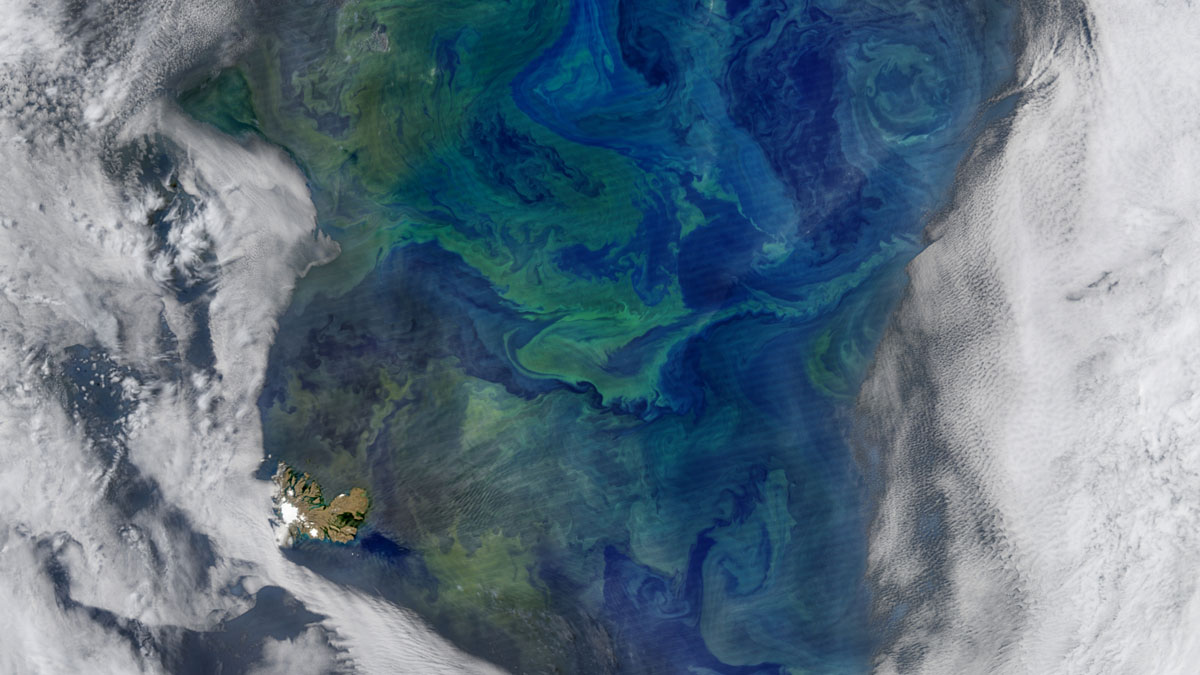Source: AGU Advances
In the southern flanks of the Indian Ocean and the central and eastern Pacific, just north of the Antarctic Circumpolar Current, lie the Subantarctic Mode Waters. As part of the global ocean conveyor belt, these large masses of seawater transfer substantial amounts of heat and carbon northward into the interiors of the Indian and Pacific Oceans. These waters hold about 20% of all anthropogenic carbon found in the ocean, and their warming accounted for about 36% of all ocean warming over the past 2 decades—making them critical players in Earth’s climate system.
Prior research has suggested Subantarctic Mode Waters form when seawater flowing from warm, shallow subtropical regions mixes with water flowing from cold, deep Antarctic regions. But the relative contributions of each source have long been debated.
Fernández Castro et al. used the Biogeochemical Southern Ocean State Estimate model to investigate how these water masses form. The model incorporates real-world physical and biogeochemical observations—including data from free-roaming floats—to simulate the flow and properties of seawater. The researchers used it to virtually track 100,000 simulated particles of water backward in time over multiple decades to determine where they came from before winding up in Subantarctic Mode Waters.
The particle-tracking experiment confirmed that subtropical and Antarctic waters indeed meet and mix in all areas where Subantarctic Mode Waters form but offered more insight into the journeys and roles of the two water sources.
In the Indian Ocean, the simulations suggest, Subantarctic Mode Waters come mainly from warm, shallow, subtropical waters to the north. In contrast, in the Pacific Ocean, Subantarctic Mode Waters originate primarily from a water mass to the south known as Circumpolar Deep Water.
Along their southward flow to the subantarctic, subtropical waters release heat into the atmosphere and become denser, while ocean mixing reduces their salinity. Meanwhile, the cooler Circumpolar Deep Water absorbs heat and becomes fresher and lighter as it upwells and flows northward from the Antarctic region to the subantarctic.
These findings suggest that Subantarctic Mode Waters affect Earth’s climate differently depending on whether they form in the Indian or Pacific Ocean—with potential implications for northward transport of carbon and nutrients. Further observations could help confirm and deepen understanding of these intricacies. (AGU Advances, https://doi.org/10.1029/2024AV001449, 2025)
—Sarah Stanley, Science Writer



